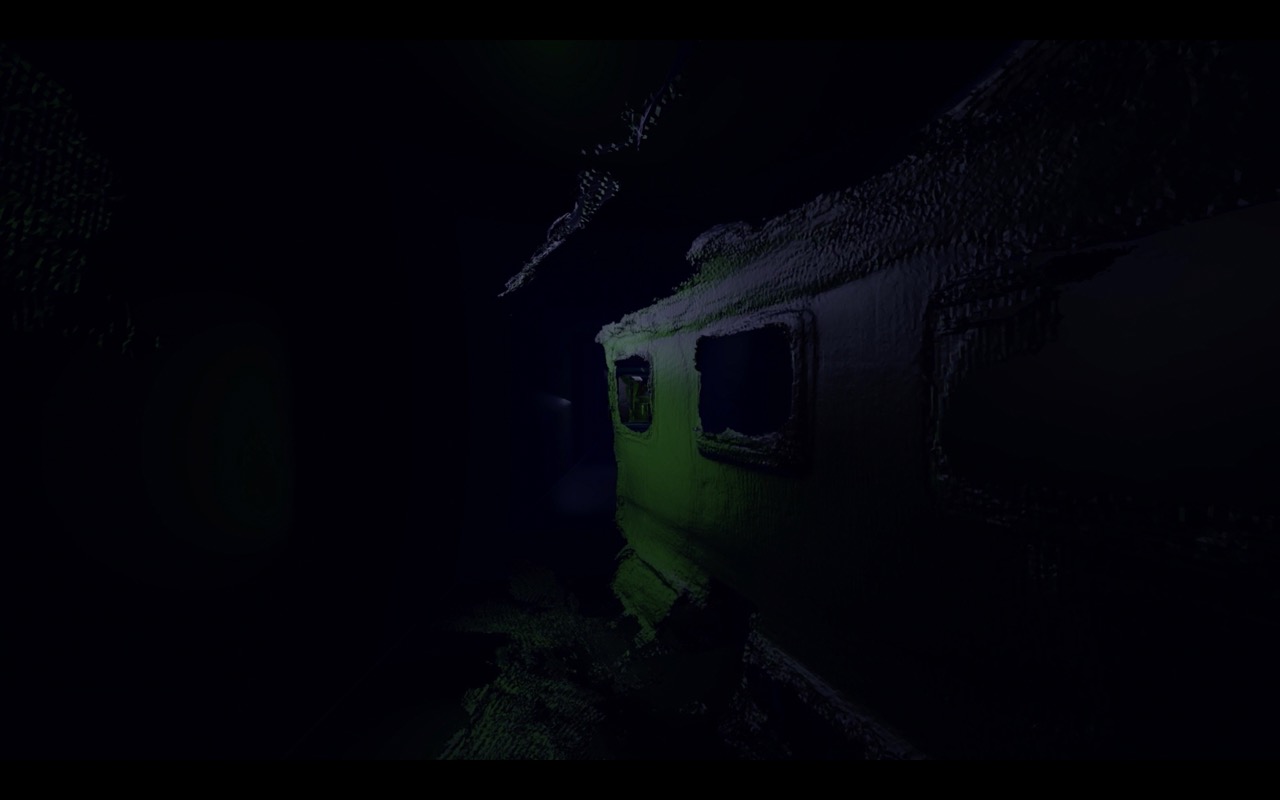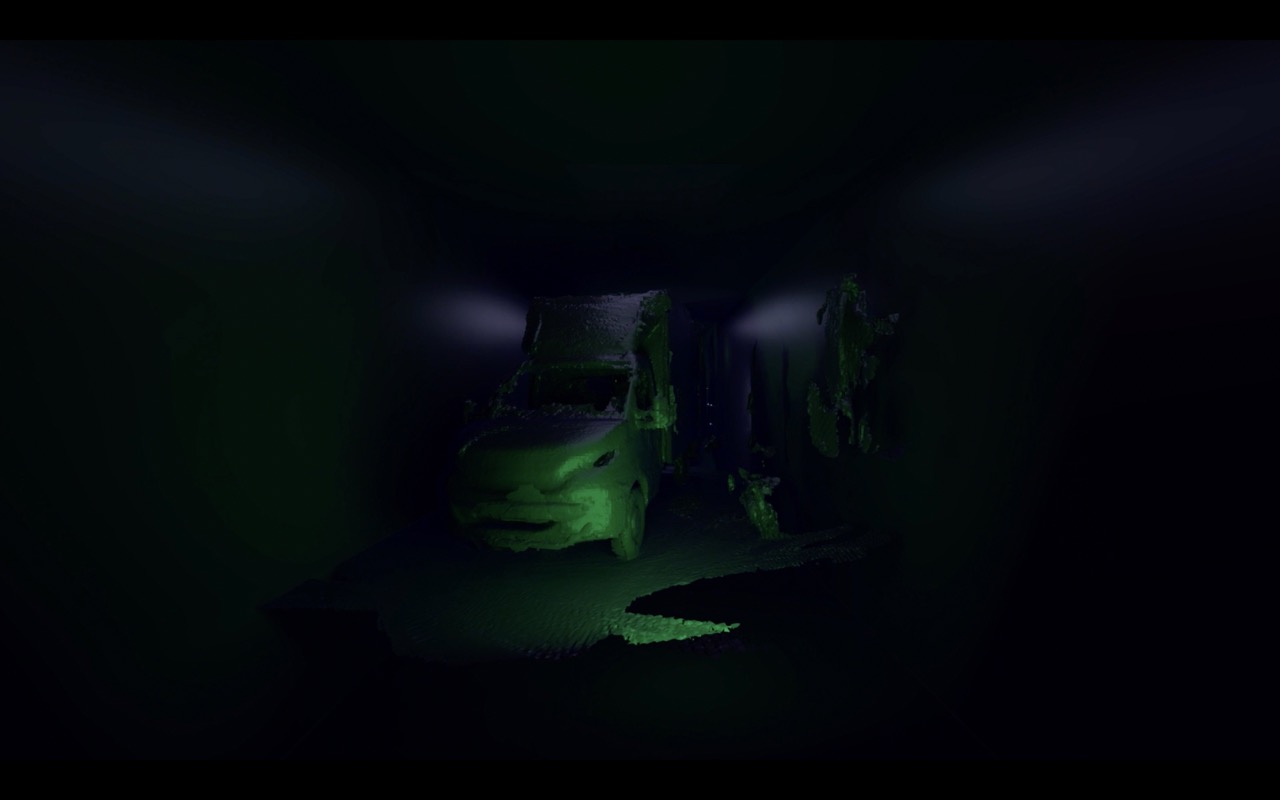Seminar: Cartes Blanches (2021–23)
Escape
Sophie Wachsmuth
"Are these the 'real' refugees now?" (NZZ, 01.03.22)
The project illuminates this current question from a critical perspective and gives people a voice to tell about their flight. People who were not received with such charity as the Ukrainian refugees at the moment and some of whom had to flee illegally.
Flight, a topic that is currently very present in Switzerland and Europe due to the war in Ukraine. People help, it is easy to help and the solidarity is huge. However, not all refugees who have fled from different countries and come to Switzerland are treated equally. Depending on their origin, they are treated differently, which creates a value judgement. Should it not matter who, how, when, from where, where they flee to? A refugee is a refugee and a human being is a human being. Refugees have not only existed since 24 February 2022.
People who have to leave their homes have existed for as long as there have been people. Wherever they go, however, they are treated differently. Because of the current situation, I am addressing this evaluation and showing that there are refugees who have been evaluated differently and who have not been as lucky as the Ukrainian refugees. People should be made aware of this. They should help, just as they are being helped now. However, all refugees equally, without judgement.
Being in contact with people who speak openly about their flight and have experienced things that I personally cannot understand is very touching for me. It is important for me to deal with current issues and try to understand the fates a little better and give them a voice.
There are many works about flight and refugees. There are podcasts, interviews, films and so on. Often with recorded footage of the situations and the people who report. In this project, however, the voices are shown with abstract images, which stimulates the thoughts and imagination of the viewer. It does not matter to whom the voices belong. They stand for people who have fled.
The end product is a film, a visual journey through objects that have shaped the various escapes and are mentioned in the interviews. In addition to the pictures, the fragments of memories and the objects that cannot be clearly interpreted, one hears the recorded interviews.
The obective is to make people aware, to make them think and to lead conversations about the situation and unfair judgement. How many people will watch the video and will I be approached about it? It should have an appealing, emotional and touching visual language and point to an important and topical issue.


